Best Real World Examples of Customer Experience (CX)
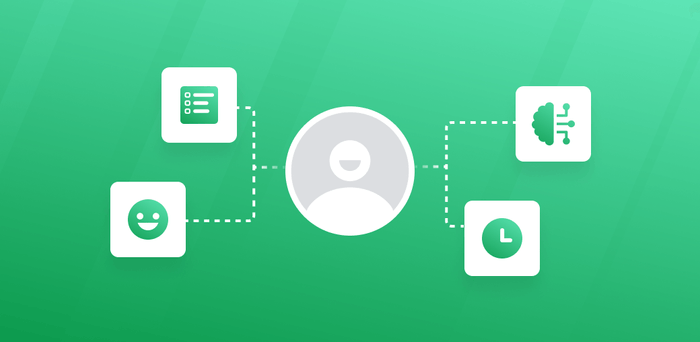
With so many products and services available to consumers and easier access to purchase online and in-store, companies have to go above and beyond what they provide their customers to stand out from the crowd.
Customers have come to expect more than just a product that works as advertised.
They expect a great customer experience (CX).
Think, a product or service that works seamlessly for the customer along every step of the customer journey.
Truly incredible CX should include amazing customer service and UX, simple onboarding, personalized customer interactions, benefits and perks, and unique characteristics that differentiate your company from the competition.
At MonkeyLearn, we are already helping customers create incredible customer experiences:
“ MonkeyLearn has streamlined our ticket routing processes, as well as given us newfound control over creating custom ticket responses to high-impact issues.” – Operations Analyst & Client Services @ MoxiWorks
Read on to learn more about how MoxiWorks improved their customer experience, and discover the best real-world customer experience examples and applications for 2022.
Let’s dive in!
Top 11 Customer Experience Business Examples for 2022
Take a look at these top customer experience use cases and see how they work in the real world. They might just inspire you to institute some new CX processes in your own business.
- MoxiWorks - Machine learning-powered automatic customer replies.
- Spotify - Personalized playlists.
- The North Face - XPLR Pass loyalty and rewards program.
- Cadbury - Personalized printed messages on chocolate bar wrappers.
- Archer - Uses technology to give customers boutique service.
- Zappos - Embracing customer-centric culture.
- Ritz-Carlton Hotels - Employee engagement and empowerment.
- Gap Inc - Personalized marketing.
- Hotjar - Follow customer feedback to give customers what they want.
- Walmart - Scan & Go.
- Social Status - Automates social media analytics reporting.
1. MoxiWorks
Machine learning-powered automatic customer replies.

MoxiWorks is a web/cloud-based client outreach platform for real estate brokers. They aim to consolidate all channels of communication between broker and client, so they can better serve them and never miss an opportunity for a sale.
MoxiWorks uses MonkeyLearn, a machine learning text analysis platform that integrates with Zendesk, to automatically analyze incoming queries and support tickets. Tickets are then routed to the proper employee or department.
With the help of Zendesk’s AnswerBot and accurately analyzed tickets, many of the queries are answered immediately with customized replies. If the ticket still needs to be handled by a human, the autoreply message will still send a custom notification to inform the customer that the issue is being worked on, so they’re never left waiting in the cold.
Using MonkeyLearn’s in-app dashboard, support team managers can also use live data to respond more quickly to trends and changes in customer behavior.
2. Spotify
Personalized playlists

Spotify’s ingenious algorithm constantly tracks the music you listen to to create a personalized customer experience.
The music streaming service delivers daily and weekly playlists, tailored to you. And they’ve also recently released an in-app function called ‘Only You’ that focuses more on how you listen to your favorite music, to introduce you to new, similar artists and more of what you already like.
Spotify’s slick and simple ability to share your custom playlists on social media doubles as a fun feature for users and free publicity for the popular app.
3. The North Face: XPLR Pass
XPLR Pass loyalty and rewards program
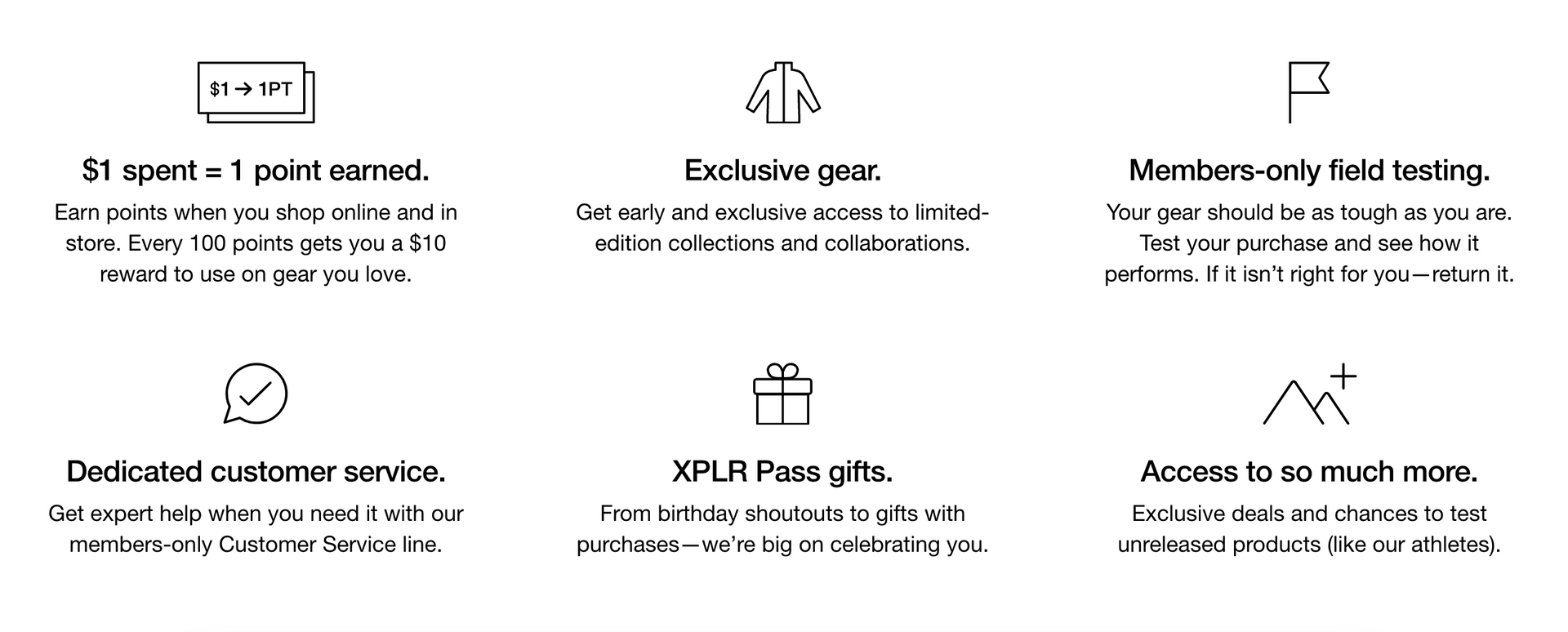
The North Face: XPLR Pass offers loyal North Face customers the ability to earn 10% back on purchases, buy exclusive gear that you can’t find elsewhere, and even participate in testing new products.
The North Face understands that the outdoor clothing and gear market is already pretty saturated, so they need to prove themselves in order to continue to build a loyal customer base.
They offer truly unique perks that make their customers feel like industry insiders.
They’ve even gamified the XPLR Pass program, allowing members to earn points by visiting iconic National Parks, signing up friends, and more. It’s one of the most advanced customer loyalty programs in any industry in 2022.
4. Cadbury
Personalized printed messages on chocolate bar wrappers
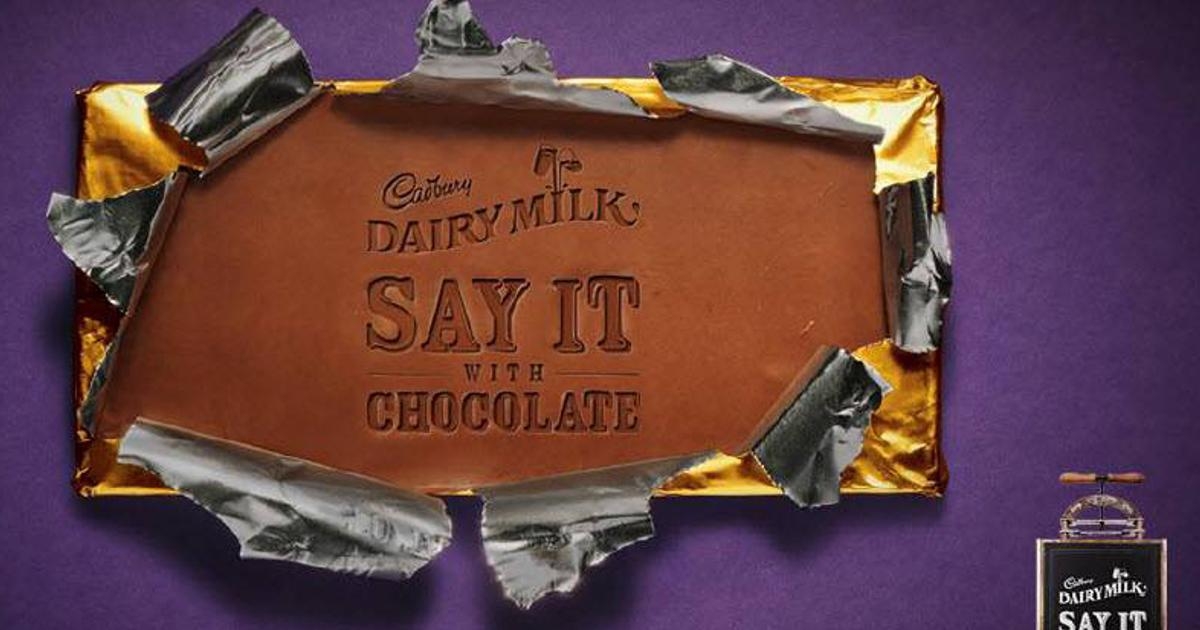
Cadbury Malaysia wanted to create a truly personalized, interactive experience for customers. They wanted to find a way for customers to create their own unique messages on their packaging to increase brand engagement. And they wanted to go even beyond the share a Coke campaign that featured names on bottles.
Mahesh Neelakantan of OgilvyAction Malaysia, the agency in charge of the campaign, says, "It started with the single gem of an idea: What if we had a machine or a printing press which could stamp a personal message on a bar of chocolate that only a special person could see?"
After testing different ways to print on the outside of their packaging, many of which broke the chocolate or harmed the packaging, they finally came upon an antique printing press that could stamp hand-written, personalized messages on the packaging with a force light enough to keep the chocolate bars intact.
The campaign was a hit. Not only did the test run sell out at a local retailer, but videos of the process became a huge success on social media, proving that direct customer engagement can deliver incredible customer experiences!
5. Archer
Uses technology to give customers boutique service

Archer is a tech-driven financial services company that streamlines operational processes for brokers, so they can focus on investments. Archer is one of the Inc. 5000 fastest growing companies in the US.
Archer always prided themselves on excellent service and quick results for their clients, but the more customer tickets they received, the harder it was for them to keep up.
They needed to process more tickets with more speed and accuracy.
Using MonkeyLearn, Archer’s team was able to automate ticket analysis and routing. Freeing managers and agents to focus on more important aspects of their work. As they’ve continued to grow, this has allowed them to scale instantly and still provide the same boutique customer experience that they always have.
6. Zappos
Embracing customer-centric culture
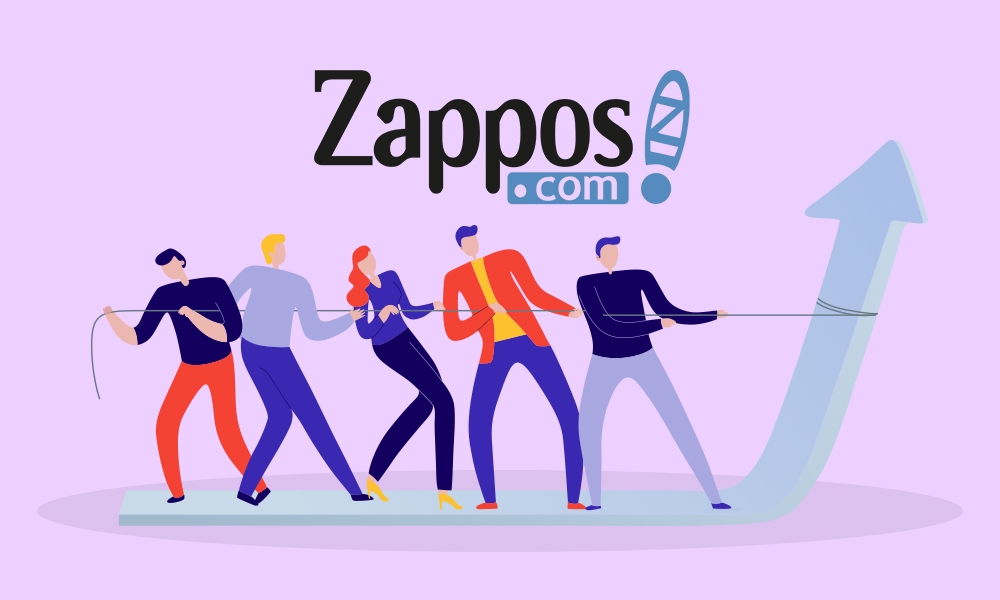
Zappos is considered the gold standard when it comes to personalized customer interactions and going the extra mile to make their customers happy. From top to bottom, the entire organization was built around the customer experience.
From the online shoe retailer’s very inception, CEO Tony Hsieh chose to invest in customer service, rather than costly marketing campaigns. In the era of the internet, Zappos was one of the rare companies that actually built themselves on word-of-mouth.
The stories are notorious and instrumental in building the brand – like sending flowers to a grieving customer, going out of their way to make sure a best man received his shoes on time for a wedding, or Tony Hsieh proving his customer support’s efficacy by having him call a Zappos call center at 2am for help ordering a pizza.
7. Ritz-Carlton Hotels
Employee engagement and empowerment
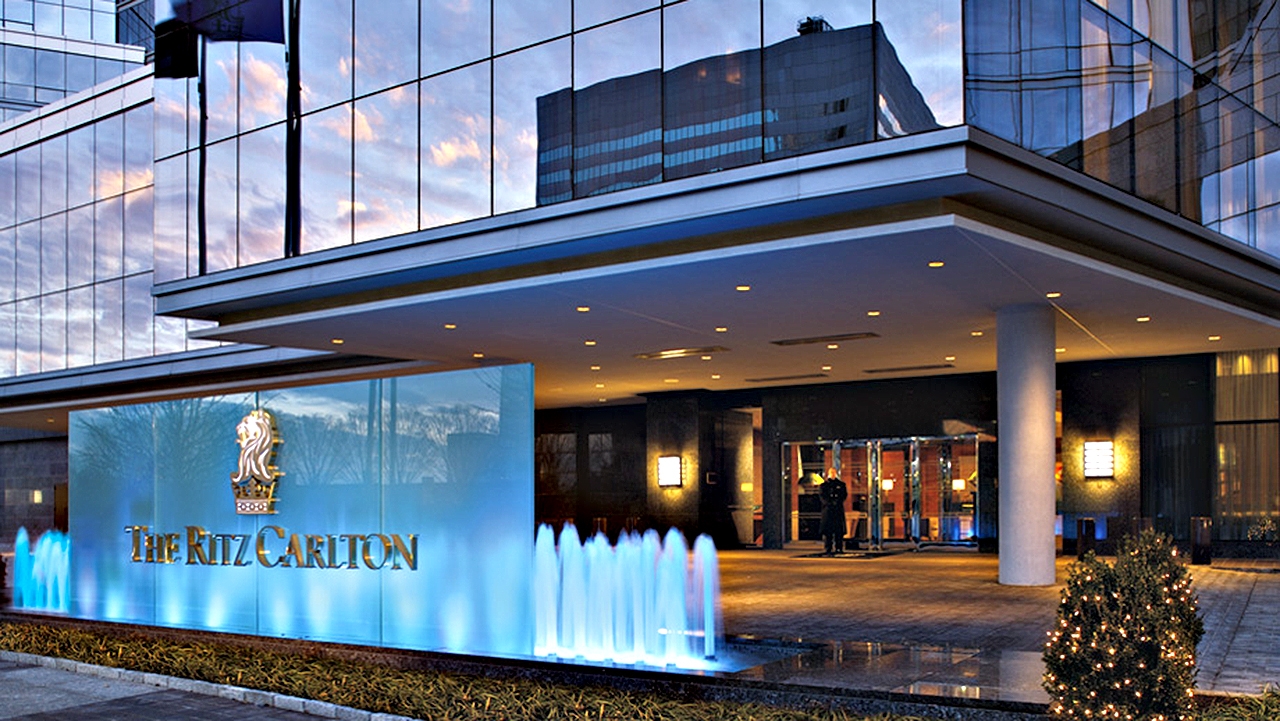
In an effort to better engage employees with hotel guests and improve the guest experience, Ritz-Carlton’s President, Herve Humler, has put CX at the center of every decision he makes. One way to do this is to give more power to his employees.
Humler says, “The attitude I strive to get across to my employees is this: ‘You are not servants, because unlike a servant, I want you to be engaged with the customer – you have a brain, you have a heart and I want you to use them.’ This is why we say, and have always said, that we are ladies and gentlemen serving ladies and gentlemen.”
Humler says he aims to empower employees to make decisions for themselves – to offer perks to guests, go out of their way to help, and engage more thoroughly with guests. If employees had to wait for approval from their managers to make a decision, it would often be too late to fix a situation or enhance the customer experience, and the opportunity would be lost.
8. Gap Inc
Personalized marketing

The digital team at Gap Inc (Gap, Banana Republic, Old Navy, Intermix, and more) have designed a personalized marketing program that performs at top-of-class thanks to their investment in a proprietary CDP (Customer Data Platform) program.
They combined their internal data with third party data, like demographics, interests, and customer journey touchpoints, and used the analysis of these combined sources to advertise across Google and Facebook.
Given the fact that Gap Inc has tens of millions of customer records, this is no small feat, but it allows them to use purchase history and leverage AI to improve customer segmentation and clustering.
Noam Paransky, Senior Vice President of Digital for Gap Inc, explains that targeted marketing is part art and part science, but their years of investment have paid off in huge dividends.
9. Hotjar
Follow customer feedback to give customers what they want

Hotjar is a behavior analytics and product insights service that helps their customers improve their own UX and CX, so it only makes sense that they’d strive for the best CX possible on their own site. Hotjar focuses on performing regular in-app and on-site surveys and questionnaires to actively seek out customer feedback.
Product Designer, Craig Johnson explains it like this, “We’re looking at this feedback from a product perspective: what bugs or issues do we need to fix? What changes can we make to the interface to alleviate some of the problems users are having? What can we do to improve the sentiment and experience they’re having with the product?”
You can’t always expect customers to reach out when there’s a problem, so it’s important that you ask them how your product or service is working at every step of the customer journey with customer experience management. Use VoC (voice of customer) analysis to ensure that you understand your customers’ feelings and concerns and always listen to their feedback and suggestions.
10. Walmart
Scan & Go

Walmart has taken the pain of long register lines out of the shopping experience with the Mobile Express Scan & Go app. The app allows customers to scan items and pay as they walk through the store. The easy-to-use app can be a huge time-saver and combine the distinctive, personal choice of in-person shopping with the ease of online shopping.
Some stores even offer loaner devices at in-store kiosks for those who may not have smartphones or relevant devices. Initial Walmart research shows Scan & Go scoring high with customers, so we’re likely to see an increase in similar programs.
11. Social Status
Automates social media analytics reporting
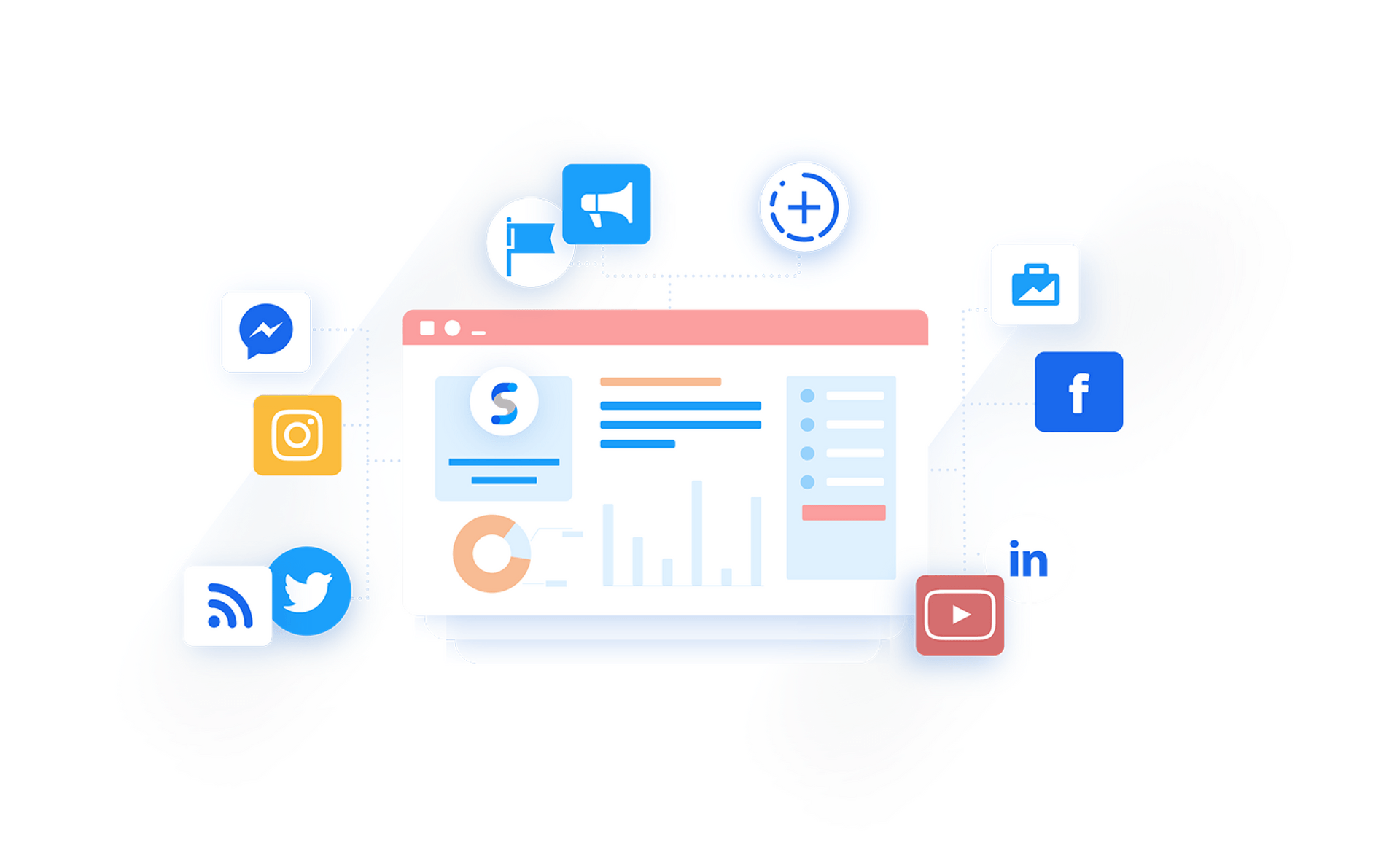
Social Status is a social media analysis platform used to track marketing efforts for their clients. With the help of MonkeyLearn machine learning models, Social Status was able to automate the entire process of reporting on customer feedback on social media to quantify how consumers react to brand content.
Using MonkeyLearn’s text analysis tools, Social Status is able to follow consumer reactions to marketing campaigns on social media 24/7 and in real time. And it goes beyond just likes and thumbs up/thumbs down reactions.
Social Status leverages tools, like sentiment analysis to automatically analyze open-ended responses and thoroughly understand the thoughts and opinions of users – and integrate tools to work across all social media platforms.
Customer Experience Tips
Follow these important tips to improve customer experience at your business.
Personalize your product offerings and marketing
The psychology of marketing shows us that customers are more likely to respond to campaigns and products that appear to be created just for them. Collect and analyze sales and demographics data from internal systems, social media, and all over the internet to target current and potential customers wherever they may “live,” on the web and beyond.
Think about how you can go over and above simple targeted email messaging, e.g. Dear [Customer Name], and use data and algorithms or unique objects to create personalization that’s actually designed for individual customers, like in the cases of Spotify and Cadbury above.
Implement AI automation tools
Use machine learning and AI to help collect and analyze your data. Web scraping tools and CRM integrations with AI tools make collecting data and streamlining processes easy. And you can train machine learning text analysis tools, like MonkeyLearn, to the language and needs of your business to organize by topic and subject (and more), extract powerful insights about your CX, and make data-driven decisions.
Analyze and use customer feedback
Use VoC analysis and implement a customer feedback loop to follow every step of the customer journey with the help of AI tools. You can use pop-up surveys or analyze social media data to understand how your CX is working for your customers. And when you “close the feedback loop” by letting your customers know that you’re listening, you’ll also increase customer engagement and loyalty.
Use employee feedback to inform CX
Don’t forget to check with your employees. Through experience with the company and the customer, your employees will often understand customer pain points even better than the customers themselves. They may pick up anecdotal evidence of CX strengths and weaknesses that even a deep analysis wouldn’t uncover.
VoE (voice of employee) analysis can be particularly helpful here to uncover pain points and pinpoint strengths in the employee experience. There may be systemic issues that trickle down to the customer experience or positive internal attributes and processes that could be implemented on the customer side.
Reward loyal customers
Customer rewards programs not only help increase retention but also attract new customers. Gamified loyalty programs can be even more powerful because they enhance engagement and can ensure that your brand is always on the minds of your customers.
Build emotional connection
Follow the lead of CX masters, like Zappos and Ritz-Carlton, to speak to your customers like real humans. The most memorable customer experiences are those that build an emotional connection. Maybe you could encourage customer support agents to simply be themselves on calls and web chats to build a connection, add personalized messages inside your products’ packaging, or reach out directly just to see how your customers are enjoying your products.
Perhaps most importantly, personal CX experiences almost always come off as completely organic and not contrived or inauthentic. Do your VoC research and a thorough analysis of the data. Put yourself in your customers’ shoes and think about the holistic CX experience. Make sure you're not just implementing new features or targeting new clients, but that it’s always relevant to the customers you’re reaching out to.
The Wrap Up
Great CX is one of the major driving forces for customer retention and acquisition. It can be even more important than the actual products and services you sell.
The CX examples above are some of the best and most unique, and a good guide to help brainstorm unique pathways to great CX. But you’re going to need to start with gathering and analyzing customer data before you can design/redesign a great CX.
MonkeyLearn is a SaaS machine learning text analysis platform with a suite of tools to help you get the most out of your customer feedback and VoC data with techniques like sentiment analysis, keyword extraction, and topic-based sentiment analysis.
Take a look at MonkeyLearn’s powerful tools to see how they can help you dig into CX feedback.
Or request a free MonkeyLearn demo to get a walk through VoC and CX feedback analysis to help create a superior customer experience.

Tobias Geisler Mesevage
June 23rd, 2021






